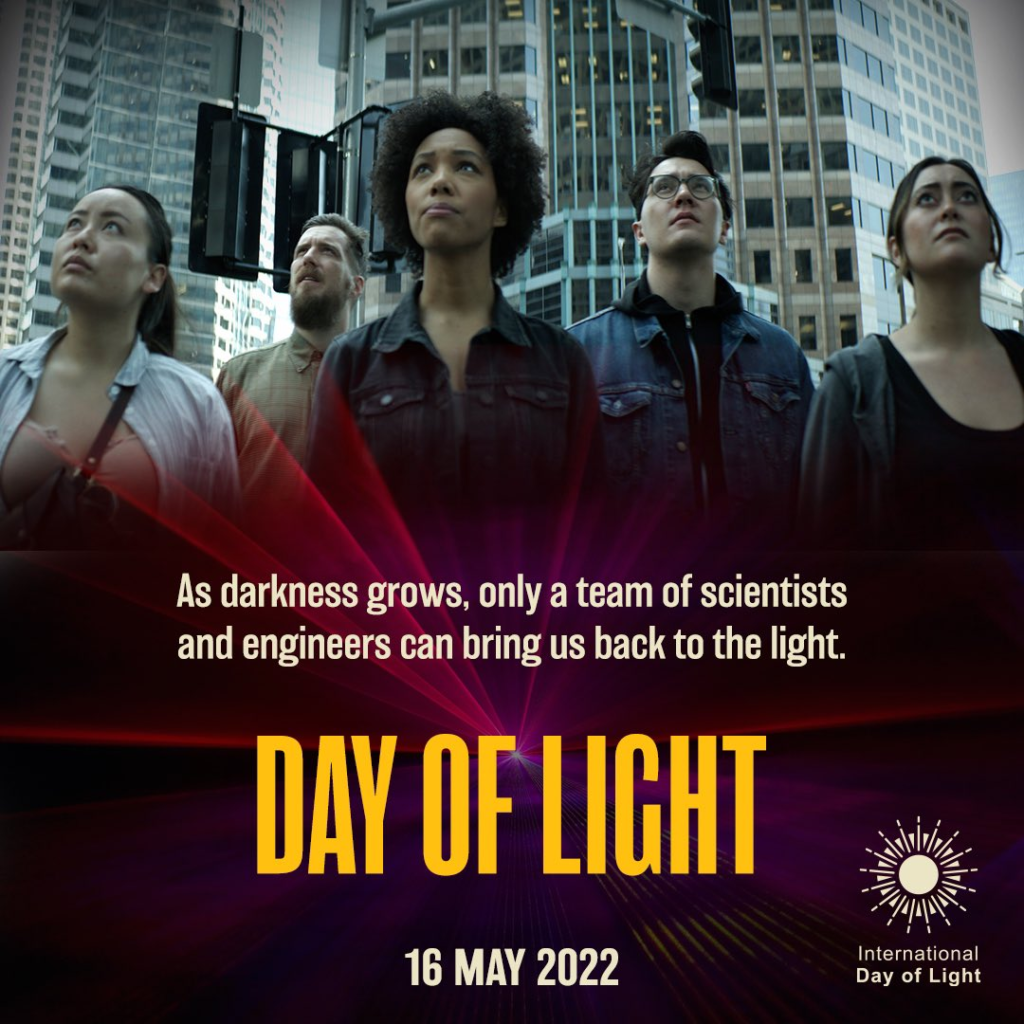Let’s Celebrate Light (International Day of Light – May 16)

It’s time to celebrate light! On International Day of Light, we celebrate the role that light plays in science, culture and art, education, and sustainable development, and in fields as diverse as medicine, communications, and energy. This UNESCO international campaign promotes the importance of photonics and the role it plays in the future of sustainable development.
Sponsored by the IEEE Photonics Society, Optica, and the Society of Photo-Optical Instrumentation Engineers (SPIE), this year’s celebration showcases exciting career opportunities in optics and photonics.
What is Light?
All light comes from the sun, or what’s known scientifically as the sun’s electromagnetic spectrum. This range of frequencies corresponds to all different forms of electromagnetic radiation in our universe.
When people talk about light, they are usually talking about light from the electromagnetic spectrum that is visible. However, most light is not visible. In addition to visible light, the spectrum also includes radio waves, microwaves, infrared, ultraviolet, X-rays, and gamma-rays—none of which can be seen by the human eye. Visible light falls between about 380 and 750 nanometers (between infrared and ultraviolet), and is the only light that we can see.
Why is Light Important?
Light is important for obvious reasons. Without it, plant life would not be able to flourish through photosynthesis, a process in which plants use light from the sun to synthesize foods from carbon dioxide and water. However, there are many other reasons why light is important, which are not so obvious. For example, many people don’t realize that many of today’s technologies use light.
What is the Study of Light?
The study of light, also known as “optics,” is a branch of physics that examines the behavior and properties of light, including how it interacts with matter and the development of light-based tools such as lasers. The field of optics has played a huge role in advancing technology through the development of green energy sources such as solar power, medical diagnostics technology, and internet technologies. For example, fiber-optic cables, which use super-fast pulses of light to transmit data, have revolutionized communication.
Want to learn more about optics and light? Check out this list of International Day of Light events happening around the globe!
For a number of free hands-on activities, articles, and more, explore the IEEE TryEngineering Tuesday resource on photonics. From smartphone applications and laser shows to solar power and biomedical advancements, photonics is making our world a better place!
























